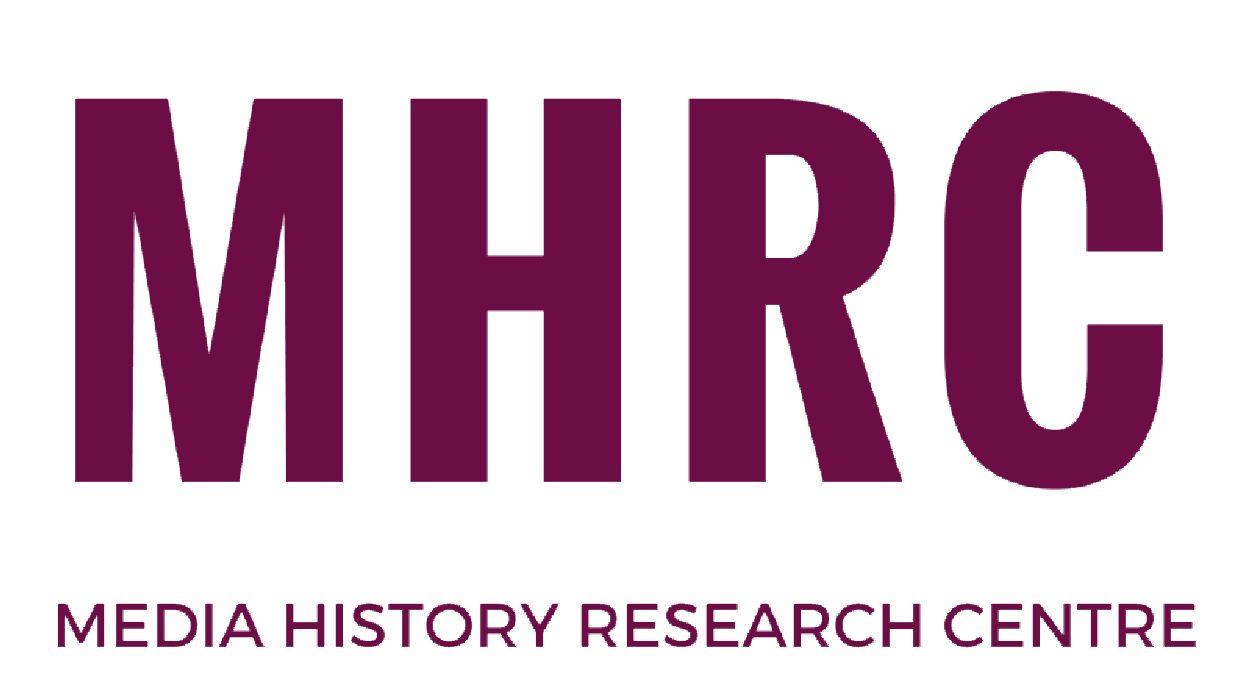American Blockbuster: Movies, Technologies, and Wonder
Charles Acland
Ben-Hur (1959), Jaws (1975), Avatar (2009), Wonder Woman (2017): the blockbuster movie has held a dominant position in American popular culture for decades. In American Blockbuster Charles R. Acland charts the origins, impact, and dynamics of this most visible, entertaining, and disparaged cultural form. Acland shows that blockbusters continue to be more than just movies; they are industrial strategies and complex cultural machines designed to normalize the ideologies of our technological age.
Everyday Movies: Portable Film Projectors and the Transformation of American Culture
Haidee Wasson
Everyday Movies documents the twentieth-century rise of portable film projectors. Reorienting the history of cinema away from the magic of the movie theater, she foregrounds instead another kind of apparatus, one that was accessible, affordable, adaptable, easy to use, and crucially, programmable. Revealing rich archival discoveries, this book charts a compelling and original history of film that brings to light new technologies and diverse forms of media engagement that continue to shape contemporary life.
The Arclight Guidebook to Media History and the Digital Humanities
Charles Acland and Eric Hoyte, Editors
The Arclight Guidebook to Media History and the Digital Humanities seeks examines what media historians are doing right now with digital tools and methods. Across seventeen chapters, contributing authors discuss the ways in which they are using or building digital technologies, assessing strengths and weaknesses, and responding to successes and failures.
Useful Cinema
Charles Acland and Haidee Wasson
By exploring the use of film in mid-twentieth-century institutions, including libraries, museums, classrooms, and professional organizations, the essays in Useful Cinema show how moving images became an ordinary feature of American life.
The Listener’s Voice
Elena Razlogova
During the Jazz Age and Great Depression, radio broadcasters did not conjure their listening public with a throw of a switch; the public had a hand in its own making. The Listener’s Voice describes how a diverse array of Americans—boxing fans, radio amateurs, down-and-out laborers, small-town housewives, black government clerks, and Mexican farmers—participated in the formation of American radio, its genres, and its operations.
Deus in Machina
Jeremy Stolow
The essays in this volume explore how two domains of human experience and action—religion and technology—are implicated in each other. Contrary to commonsense understandings of both religion (as an “otherworldly” orientation) and technology (as the name for tools, techniques, and expert knowledges oriented to “this” world), the contributors to this volume challenge the grounds on which this division has been erected in the first place.
Guy Maddin’s My Winnipeg
Darren Wershler
Guy Maddin’s My Winnipeg (2008) was celebrated as one of the best films of the first decade of the twenty-first century. Darren Wershler argues that Maddin’s use of techniques and media fall outside of the normal repertoire of contemporary cinema, requiring us to re-examine what the documentary genre and even ‘film’ itself are. Through an exploration of My Winnipeg’s major thematic concerns – memory, the cultural archive, and how people and objects circulate through the space of the city – Wershler contends that the result is a film that is psychologically and affectively true without being historically accurate.
